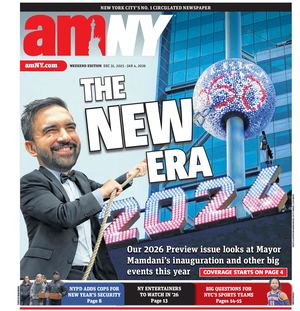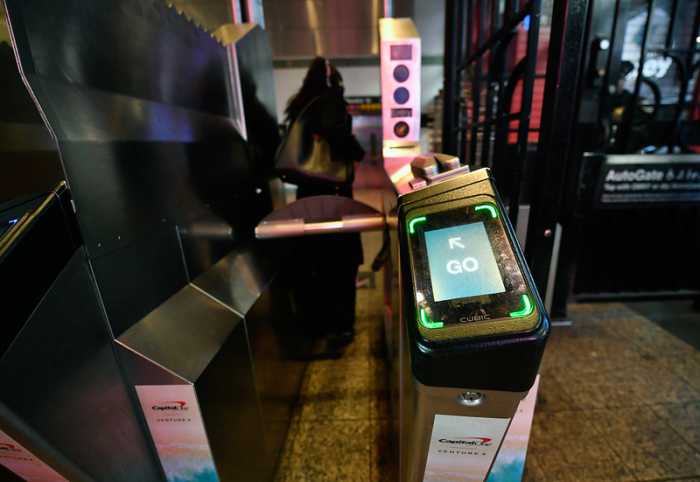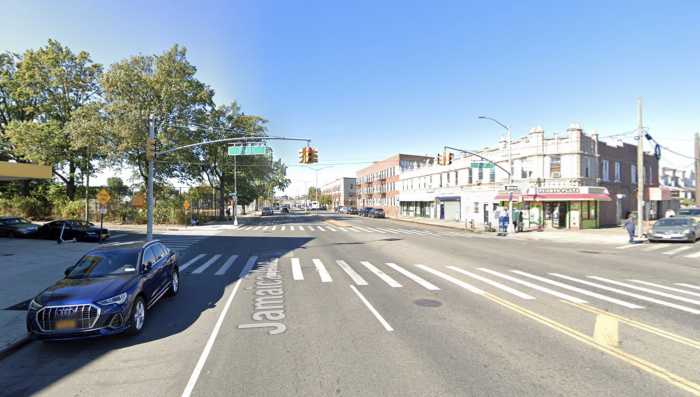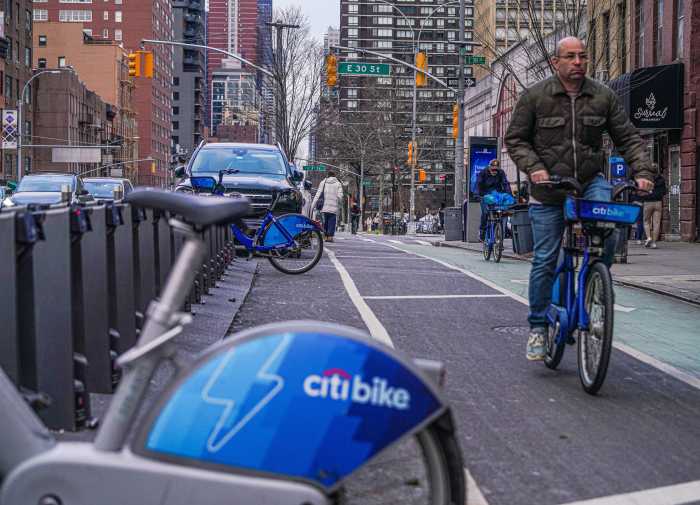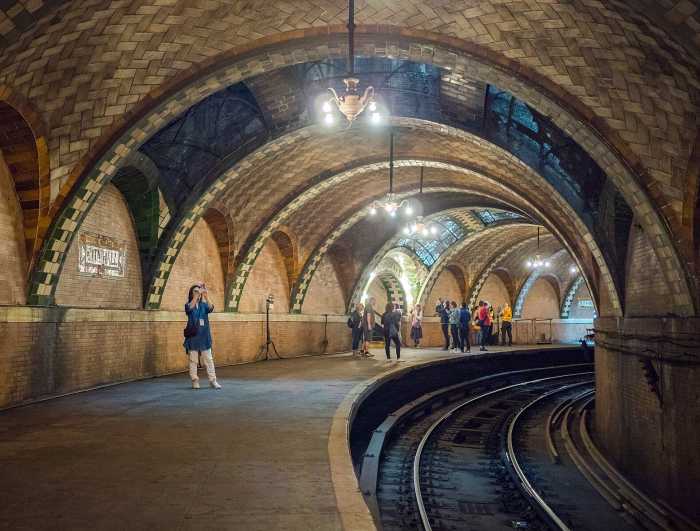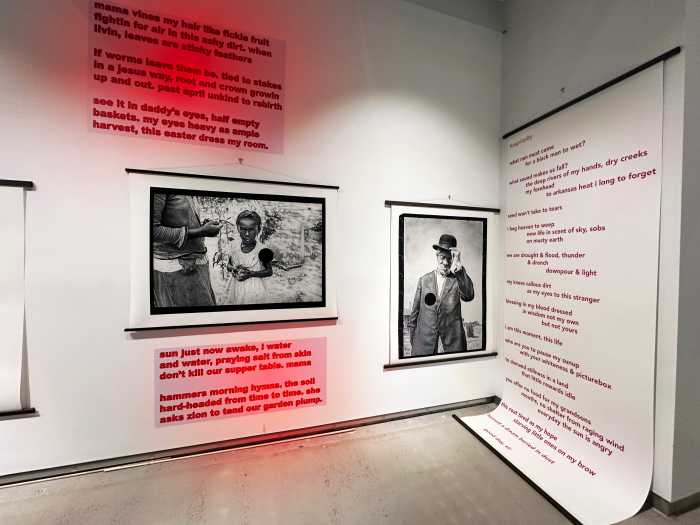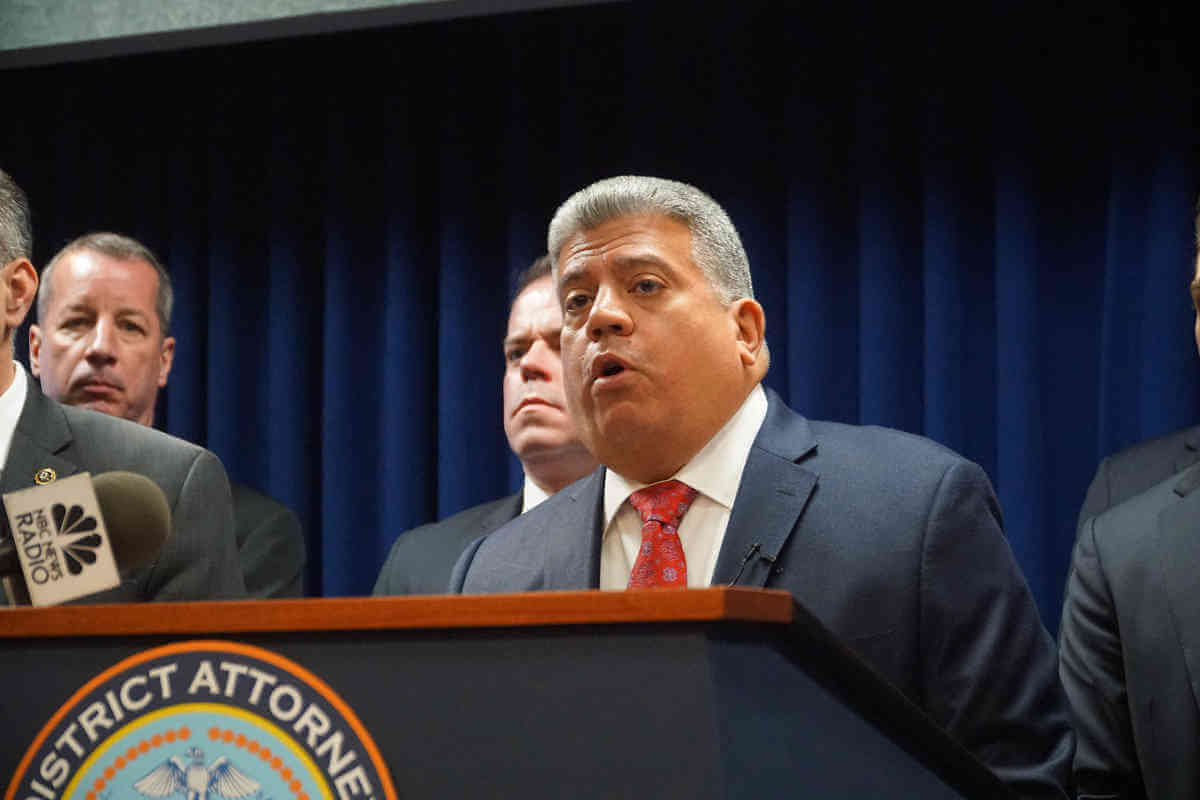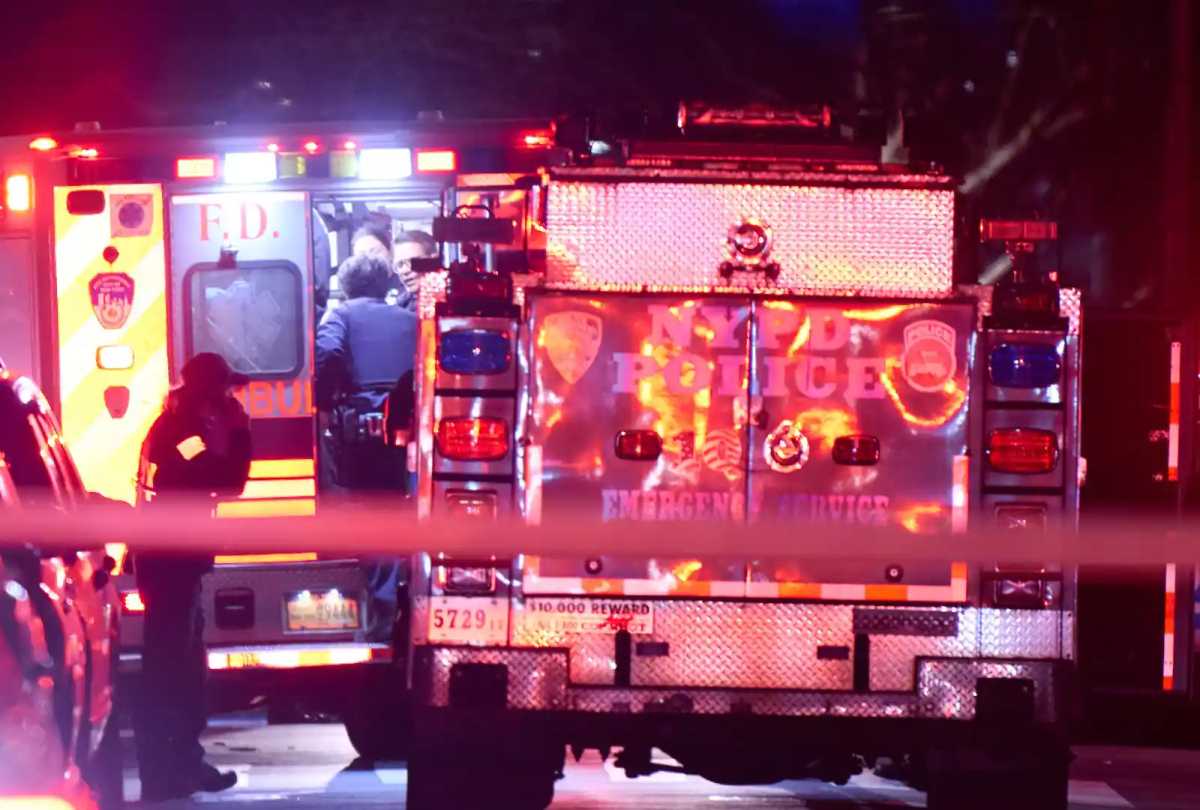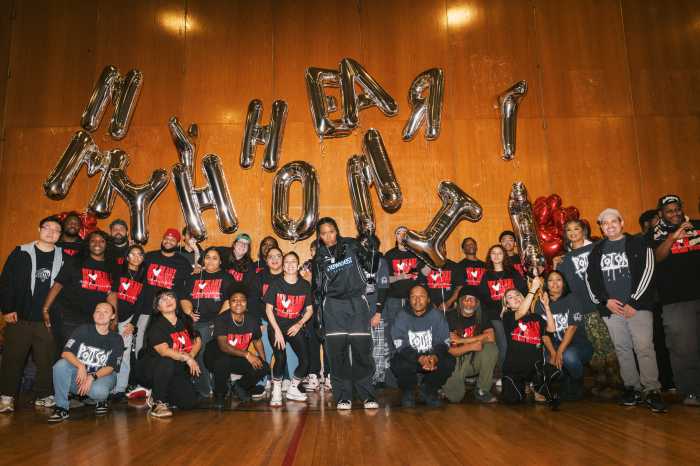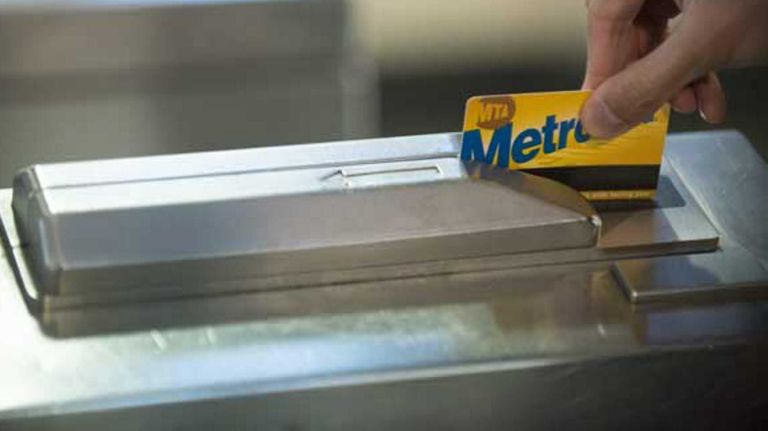
Subway riders, get ready to crank up the outrage: The MTA will soon announce public hearings for fare and toll hikes next year to squeeze out hundreds of millions of dollars from passengers.
In the next two weeks, the MTA will put out a public notice about the hearings around the city and surrounding counties in the agency’s service area. These hearings are likely to be held throughout December.
But the answer to the question of how the fare hikes will be distributed will take months to answer. MTA chief Tom Prendergast Wednesday tried to avoid questions about the mechanics of a fare hike.
“For me to go any further than that is inappropriate because there haven’t been discussions,” Prendergast told reporters after meeting with the MTA board. “We have to follow the process and ultimately this has to follow a process where there’s an interchange with the public.”
The MTA has budgeted for fare increases every two years at 4%, to stay close to the rate of inflation. The size of next year’s hike is based on how much money the MTA expects to take in from fares and tolls this year, according to agency officials.
If the fare increase goes into effect in March, the MTA needs to pull in an extra $235 million and $286 million in all of 2016 to reach the 4% goal, according to the agency’s recent financial plan. Then, in 2017, another 4% hike will generate an additional $248 million the first year and $301 million in 2018. By that year, the MTA projects nearly $600 million in fare and toll revenue from the two increases together.
Riders will hear options on how the MTA plans to raise fares and tolls to meet its revenue projections at the public hearings, according to transit officials.
There are a variety of ways to do this. The last fare hike in 2013 jacked up the price of a 30-day unlimited MetroCard by $8 to $112; a seven-day pass to $30; cut the bonus for cash on MetroCards to 5% from 7%; and the base fare to $2.50 from $2.25.
